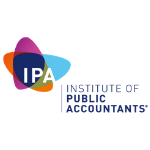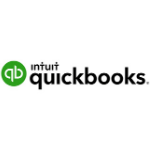Plain English Guide to Cashflow
Positive cashflow is the beating heart of your business. Dive into our Plain English guide to cashflow and find out how to get in complete control of your cash position.
Why is cashflow so central to good financial management? Here's our plain english guide.
What is cashflow?
Cashflow refers to the movement of money into and out of your business over a specific period.
In the most basic terms, cashflow is the process of cash moving out of the business (cash outflows), and cash coming into the business (cash inflows). The ideal scenario is to be in a ‘positive cashflow position’. This means that your inflows outweigh your outflows – i.e. that more cash is coming into the business than is going out.
When you’re cashflow positive, the main benefit is that you have the liquid cash available to fund your daily operations and debt payments etc.
On the flip side, if you’re in a negative cashflow position, this can be a red flag that the business is facing some financial challenges – and that some serious cost-cutting and/or revenue generation is needed.
How does cashflow affect your business?
Not having enough liquid cash is one of the biggest reasons for companies failing. So it’s absolutely vital that you keep on top of your company’s cashflow position.
Five key cashflow areas to focus on will include:
- Monitoring your cash inflows and outflows – this means regularly tracking your cash inflows from sales, loans and investments, as well as managing your cash outflows from expenses, purchases and debt repayments.
- Managing your account receivables and payables – efficiently managing your customer receipts and supplier payments helps smooth out your inflows and outflows – and delivers stable cashflow that’s easier to predict and manage.
- Getting proactive with your budgeting and forecasting – creating realistic cashflow budgets and forecasts helps you predict your future cash position. By anticipating your future cash needs, you can actively plan for potential shortfalls or surpluses.
- Being in control of your stock inventory – having excess stock in your warehouse ties up cash. So, it’s a good idea to optimise your inventory levels and to only manufacture/order the items you need on a day-to-day basis.
- Investing in your cash reserves – with emergency cash reserves in the bank, you know you have the funds to handle unforeseen cashflow issues or sustain your operations during lean periods. This makes your whole cashflow position more stable.
How can our firm help you with cashflow management?
Positive cashflow is the beating heart of your business. Working with a good adviser helps you keep that cashflow healthy, stable and driving your key goals as a company.
We’ll help you keep accurate records, track your inflows and outflows and deliver the best possible cashflow position for the business.
Get in touch to chat about improving your cashflow.















